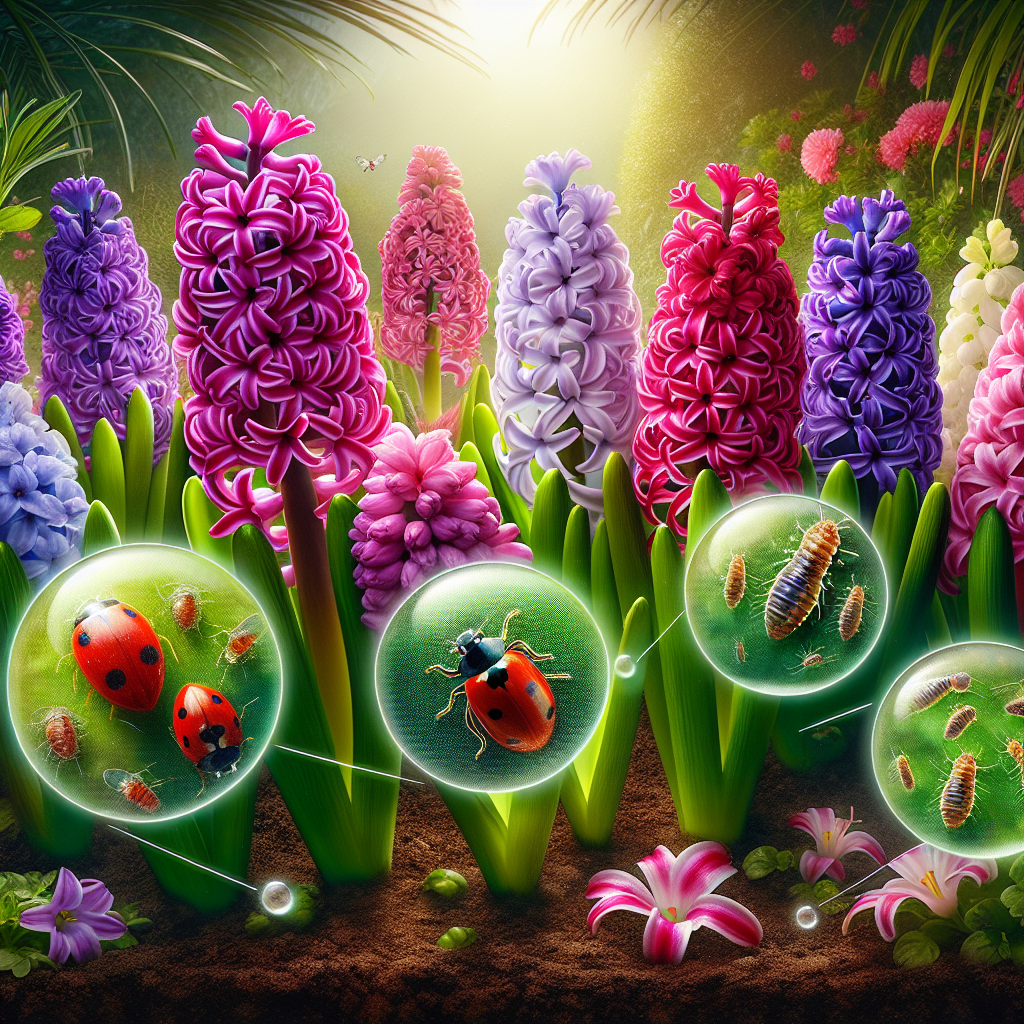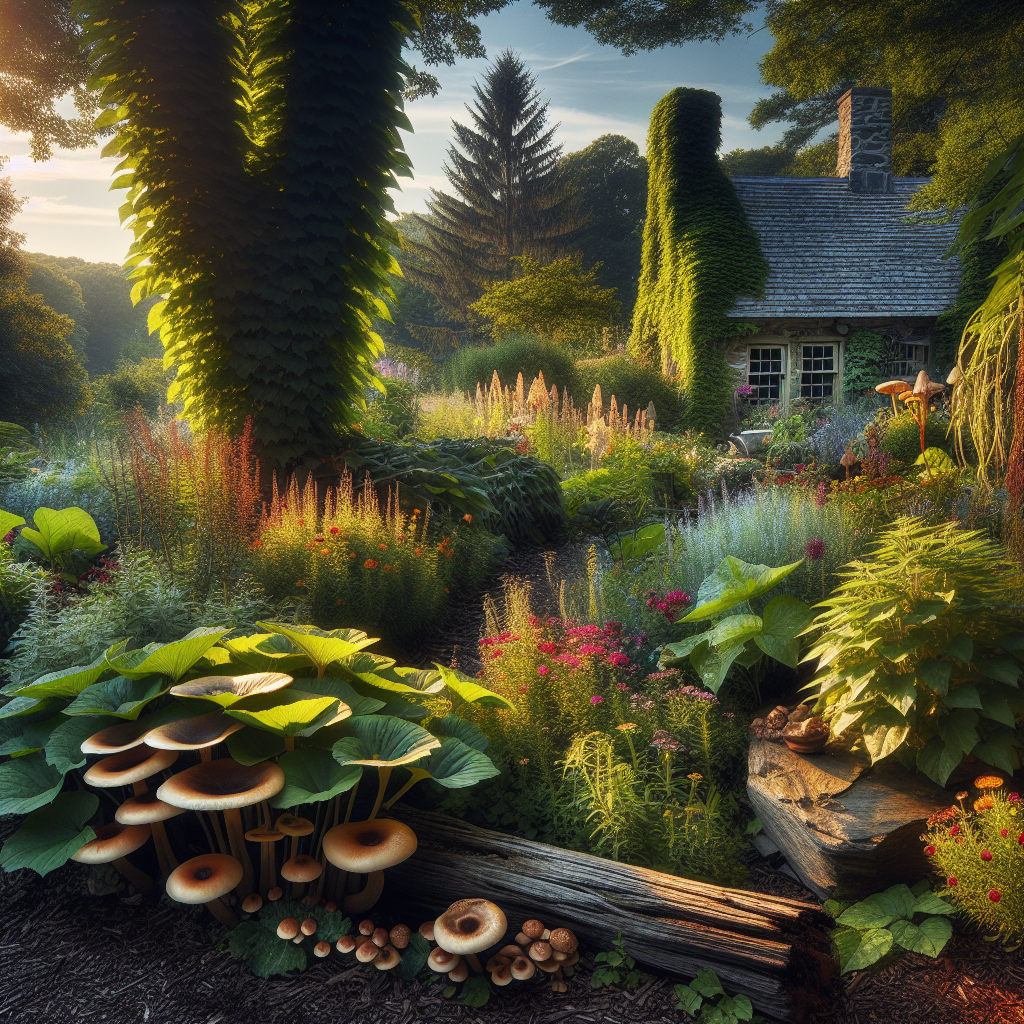How to Grow Cast Iron Plants in Low Light Spaces
Updated July 24, 2024 at 10:17 am

Understanding Cast Iron Plants
- Pet Friendly
Cast Iron Plants are a great choice for pet owners since they’re non-toxic to cats and dogs. You can feel safe having this lush foliage in your home without worrying about your furry friends.
- Light Requirements
Known for their resilience in low light conditions, Cast Iron Plants can thrive even in those dimly-lit corners of your home where other plants might struggle.
- Watering
They are drought-tolerant and prefer their soil to dry out between waterings, making them forgiving for those who forget to water from time to time.
- Humidity
Normal room humidity is typically sufficient for Cast Iron Plants, which means they’re well suited for most indoor environments without requiring extra care.
- Temperature
These plants enjoy a typical indoor temperature range of 60-80°F, making them well-adapted to most homes or office settings.
- Difficulty
They are considered low-maintenance, ideal for beginners or as a starter plant, but their care requires specific knowledge to ensure they flourish.
Choosing the Ideal Location for Your Cast Iron Plant
When deciding on a spot for your Cast Iron Plant, aka Aspidistra elatior, keep in mind their tolerance for low light doesn’t mean no light. A northern exposure window or a place with bright, indirect light would be perfect. Keep them out of direct sunlight in summer, as this can scorch their leaves, leading to those unsightly brown tips that we’ll touch on solving later.
Watering Techniques for Maximizing Health
Maintaining proper moisture is critical; these plants prefer their soil to be slightly on the dry side. Always check the top inch of the soil before watering—if it’s dry to the touch, it’s time to water. If it’s still moist, wait a few days and check again. Overwatering can lead to root rot, a common problem that you definitely want to avoid.
Soil and Fertilizer: The Foundations of Growth
You might wonder what type of soil is best for your cast-iron friend. A well-draining potting mix, maybe something with a little perlite or sand mixed in, is excellent. As for fertilizer, they aren’t heavy feeders, so a balanced liquid fertilizer dilution during the growing season (spring and summer) should suffice.
Repotting: When and How?
Cast Iron Plants grow pretty slowly, meaning you won’t need to repot them often (usually every 2-3 years). When you do, select a pot just one size larger than the current one to prevent excess soil moisture, which can lead to root issues.
Common Issues and Remedies
Leaves Turning Brown?
If the tips of your Cast Iron Plant’s leaves are turning brown, this could be due to fluoride found in tap water. A simple remedy is to water with filtered or rainwater. Always trim brown tips with sterilized scissors to prevent the spread of potential pathogens.
Leaf Spot and Root Rot
Common diseases like leaf spot or root rot can occur when your plant is overwatered or kept in poorly draining soil. Address leaf spots by removing affected foliage and improving air circulation. In the case of root rot, you might need to repot the plant into fresh soil after trimming away the rotted roots and treating with a fungicide, if necessary.
Propagation Success
When it’s time to share your Cast Iron Plant with friends, you can easily propagate through division. Carefully separate a section of the plant, roots and all, during repotting. Place the new division into a separate pot with appropriate soil mix and care for it as you would the parent plant.
Enhancing Your Cast Iron Plant’s Aesthetic Appeal
Bonus tip: to keep your plant’s leaves glossy and attractive, wipe them down with a soft, damp cloth occasionally to remove dust – this also allows the plant to breathe and photosynthesize more efficiently.
Recommended Tools and Products
Caring for your Cast Iron Plant can be made all the easier with the right tools. For watering, I’ve seen rave reviews about the ‘Haws Heritage Indoor Plastic Watering Can’. Its slim spout allows for precise watering, ensuring moisture goes straight to the soil and not over the leaves – definitely a plus for preventing fungal issues.
Find This and More on Amazon
When to Seek Expert Advice
Sometimes, even with the best care, your plant might not thrive as expected. Don’t hesitate to reach out to local nurseries or online plant communities for advice. Many issues are common and easily solvable with the right knowledge.
Your Cast Iron Plant’s Long-Term Health
Finally, remember that while the Cast Iron Plant is hardy, it still appreciates attention. Regular check-ups for pests, soil moisture, and general health will ensure your plant lives a long, green life. With the right care, it might just become the most reliable green companion in your space.
Addressing Pests and Diseases
Pests like spider mites and scale can occasionally trouble Cast Iron Plants. These tiny critters siphon off the plant’s sap, causing stress and potential leaf damage. In most cases, a gentle wipe with insecticidal soap or neem oil can curb the infestation. It’s important to tackle these issues promptly to prevent them from escalating to a full-blown pest invasion.
Regarding diseases, besides the earlier mentioned leaf spot and root rot, cast iron plants can sometimes fall victim to fungal infections. An example is southern blight, which affects the stem and can ultimately kill the plant. Increasing air flow around the plant, reducing humidity, and removing any affected areas can help control such infections.
Maximizing Aesthetic Appeal Through Pruning
Pruning is another aspect to consider if you’re aiming for a tidy appearance. Cast Iron Plants may occasionally produce damaged or yellowing leaves, which can be trimmed away. Not only does this practice encourage healthier growth, it also maintains the plant’s ornamental value. Prune sparingly, though; it’s best to allow the plant to grow naturally and only intervene when necessary.
The Importance of Leaf Shine and Cleaning
Apart from the occasional wipe down mentioned earlier, you might come across products like leaf shine to maintain your Cast Iron Plant’s glossy appearance. While they might look appealing on the shelf, be cautious. Some plant enthusiasts argue that these products can clog leaf pores. Instead, sticking to a simple cleaning regimen with water is often advised by plant care professionals.
Picking the Right Planters and Pots
Talk about container material might not get the spotlight very often, but for your Cast Iron Plant, it can make a difference. Terracotta pots, for instance, are porous and allow for better air and water flow, reducing the chances of root rot. Be sure there’s adequate drainage; a pot with a drainage hole at the bottom is a must to prevent excess water buildup.
If you’re going for a more aesthetic touch, a decorative planter can bring additional style to your space. Just ensure that the functional aspects, like drainage and size, are not compromised by design.
Understanding Your Plant’s Dormancy Cycle
One of the reasons Cast Iron Plants are so beginner-friendly is their adaptability, even when it comes to growth cycles. They do go into a dormancy phase where growth slows down, typically in the colder months. Don’t be alarmed if your plant isn’t sprouting new leaves as vigorously during this period – it’s a natural part of its cycle, and growth will pick up again with warmer weather.
Maintaining an Optimal Growth Environment
Despite their hardiness, you’ll want to ensure the environment for your Cast Iron Plant is as stable as possible. Sudden temperature shifts, drafts, or abrupt changes in light can stress the plant. Aim for consistency in the room where it’s placed to maintain its health and vitality.
When to Get Help: Recognizing More Serious Issues
Even with great care, sometimes plants encounter problems beyond the basic remedies. If you notice unusual patterns on the leaves or your Cast Iron Plant seems particularly unhappy for no discernible reason, it’s time to consult with a local plant expert or even a plant pathologist.
Product Spotlight: Neem Oil for Pest Control
A recommended product for managing pests is neem oil. This naturally derived oil interrupts the life cycle of pests and is safe to use on many indoor plants. The ‘Organic Neem Bliss 100% Pure Cold Pressed Neem Seed Oil’ is touted for its effectiveness. It’s concentrated, so you’ll need to dilute it according to the instructions, but it can be a game-changer for pest issues without resorting to harsh chemicals.
Find This and More on Amazon
Social Aspect: Sharing Your Plant Journey
Apart from the joy of tending to your Cast Iron Plant, sharing its growth and your experiences can be rewarding. Engage with plant communities online or with friends who also enjoy gardening. They can be a treasure trove of tips, swap stories, and provide encouragement. Plus, when your plant is mature enough to divide, you can offer it to fellow enthusiasts, spreading the joy of planting.
Reflecting on the Cast Iron Plant’s Resilience
In the end, it’s the hardy nature of the Cast Iron Plant that wins over so many hearts. Its ability to stand firm and often flourish in low-light spaces where other plants might falter is a testament to its adaptability and resilience – qualities we often admire and strive for in our own lives.
Nurturing Growth: Regular Care and Attention
Think of your Cast Iron Plant as a quiet, steady friend in your living space. This friend doesn’t ask for much – just some regular care and attention. Making sure you stay on top of watering (but not too much!), providing the right soil conditions, and keeping an eye out for any signs of distress will set you both up for a long and happy relationship. Regular care means quick action if you notice something amiss and can often prevent bigger problems down the line.
Decorating with Cast Iron Plants
Because of their tolerance for low light, Cast Iron Plants are incredibly versatile in home decor. They look fantastic in a minimalist setting or can add a touch of green to a darker, more traditional room. Moreover, their height and leaf structure provide excellent visual interest and can be used to create a natural privacy screen in an open floor plan.
If you love a touch of extra greenery, you might like the look of the ‘Lechuza Classico Color Self-Watering Planter’. Its sleek design is complemented by a sub-irrigation system which ensures your Cast Iron Plant gets just the right amount of water without much hassle.
Find This and More on Amazon
Beneficial Additions: Companion Plants
While Cast Iron Plants can certainly hold their own, they can also pair nicely with other plants. Consider a grouping with a peace lily or a snake plant…
Shop more on Amazon


